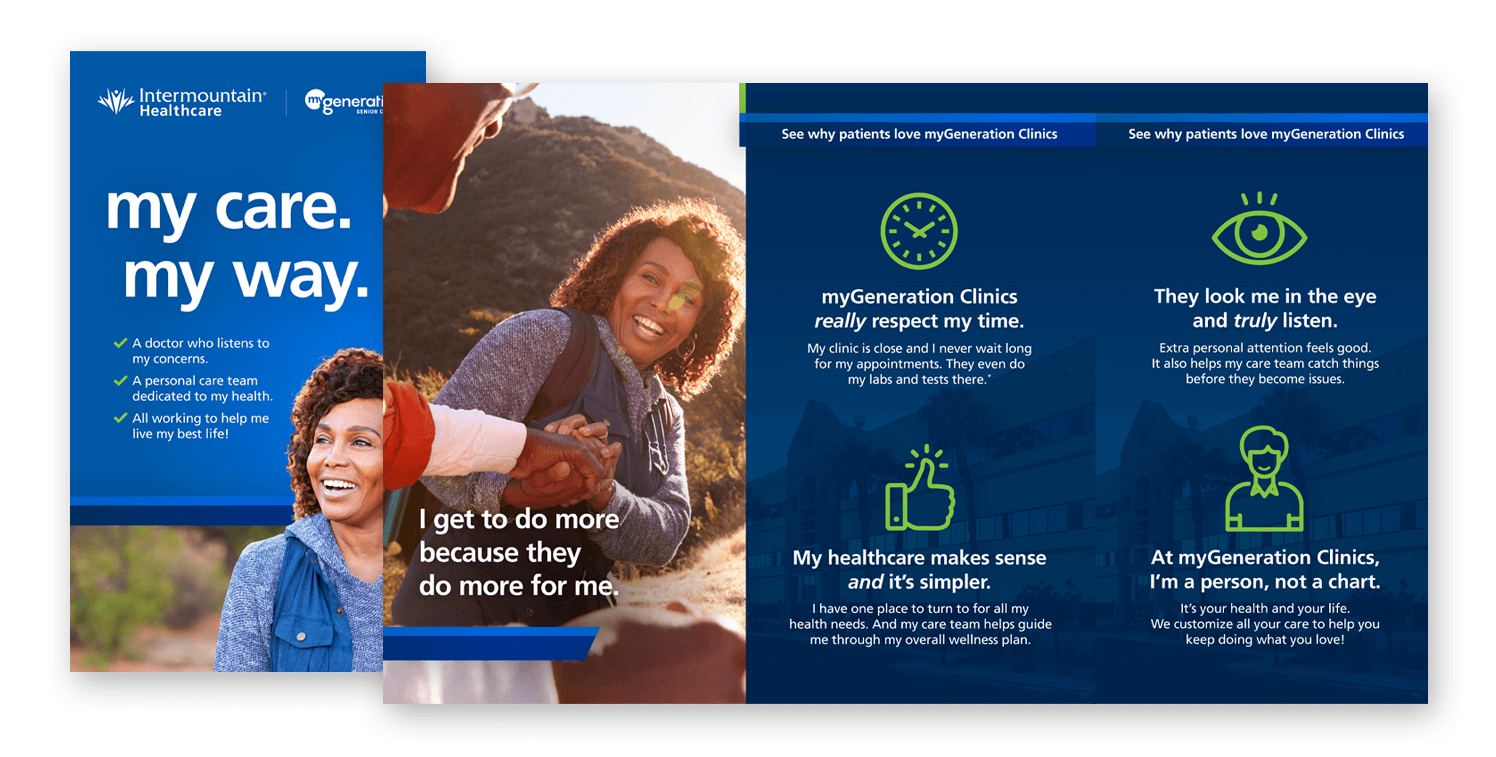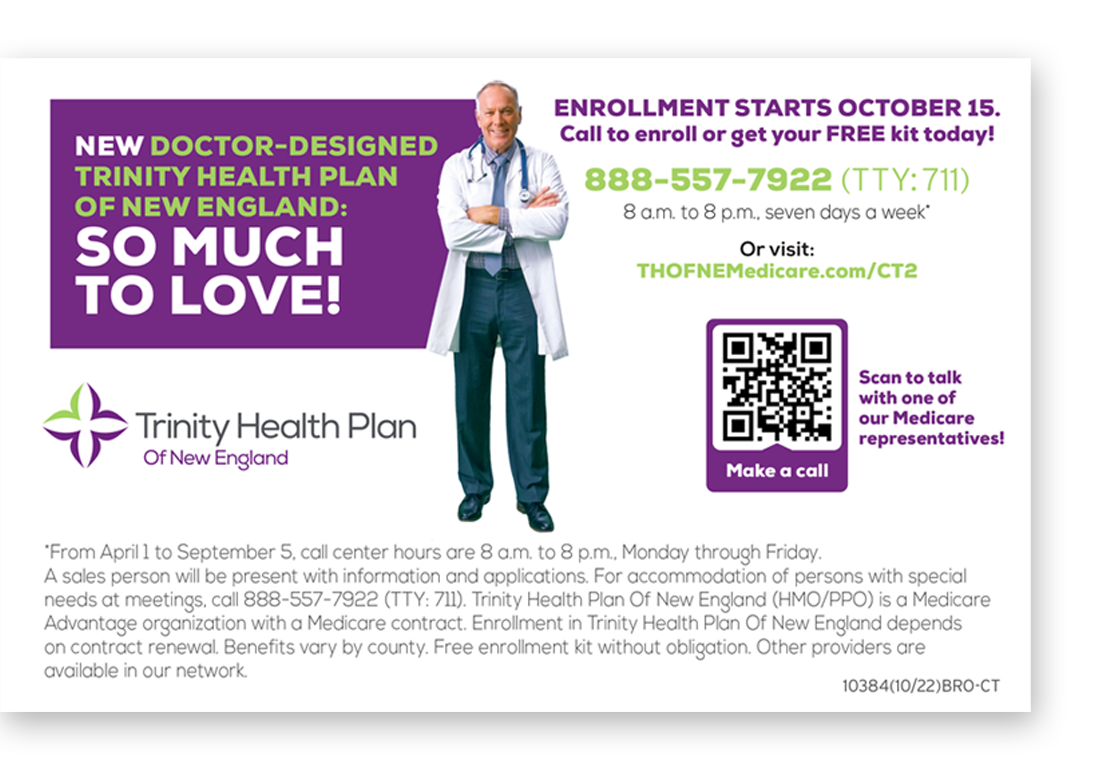Respect the 65 plus population and get marketing results
Katie Maule Boomer Marketing, Creative That Sells, Digital Direct Marketing, Health Care Marketing, Insurance Direct Marketing, Medicare Marketing, Response Marketing, Trends and POV, Action Brand - Action MarketingWhen you think of the three Rs, reading, writing, and arithmetic probably come to mind. Fair enough, considering the phrase was coined in the beginning of the 19th century. But I’d like you to consider another meaning of the three Rs — relate, respect, and results.
In a previous blog post, I discussed the first R, the importance of relating to older adults in the marketplace to avoid ageism, stereotypes, and to establish a connection. This post will cover the final two Rs: making your audience feel respected, and getting the results you want from your marketing campaign.
R-E-S-P-E-C-T, give it to them
Arethra Franklin asked for just a little bit of respect. I think we need a lot of it — from friends, family, employers, colleagues, doctors, and yes, even advertisers.
Feeling respected is positively correlated with feeling valued, supported, and confident in your decision-making skills. The tips below focus on how you can make your audience feel respected, earn their trust, and deepen the relationship they have with your brand.
- Refer to older adults using language they prefer. Deft Research conducted an online survey of 385 residents in Nevada in 2020, revealing the following terms to be the most positive: active adult, experienced, retiree, mature, grandparent, 65 plus, and senior.
- Use clear, direct language that compliments your audience’s level of familiarity with a topic.
- Define acronyms and provide resources for additional information if the subject is complex.
- Be honest.
- If you request personal information, provide rationale. Include information about how the information will be shared.
- If possible, provide value by sharing useful information that’s related to the topic of your ad. For example, tell them about an upcoming deadline, a new tax deduction, or an upgraded healthcare plan benefit.
- Focus on the positive, from the audience’s abilities to their mindset. According to AARP research, just 10% of those over 60 feel old age is a depressing life stage.
- Compel your audience to want to act. Avoid telling them what they need to do.
People won’t remember exactly what you do or what you say — they’ll remember how you make them feel. This is good news for advertisers. Make people feel good, and they’ll form a positive association with your brand.
Get better results
Making your audience feel seen, heard, and respected are enviable achievements. If your goal is to enhance your brand, you can stop there and call it a day. But in direct response marketing, where the primary goal is to inspire a measurable response, you need to take it a few steps further to elicit leads and conversions.
You guessed it. I have a few tips for that.
1. Focus on benefits
If your audience asks, “What’s in it for me?” the answer should be obvious. Spoiler alert: There’s a difference between features and benefits. A feature describes a product or a service: “Premium contour padded seat with memory foam.” A benefit helps the audience envision how their life will be better with the product or service in it: “Never experience butt pain after sitting all day again!”

DMW’s award-winning “My Way” creative for Intermountain Health articulated real benefits to patients, not just a list of services offered.
2. Talk to just one person
Your distribution list may contain thousands or hundreds of thousands of recipients, but your recipient should feel like they’re the only one you’re talking to.
Personalize your ad to the extent your data and budget allow. If the recent research by McKinsey is any indication of consumer sentiment, you’d be wise to make room in your budget for personalization: 71% of consumers expect personalization, and 76% of consumers get frustrated when a brand recommends products or services that aren’t relevant.
3. Earn their trust
Do what you can to make your audience feel confident about taking the next step. Provide testimonials, endorsements from credible agencies or industry experts, data about the popularity of the product or service; offer a free trial period, or provide a money-back guarantee. Don’t make promises you aren’t prepared to keep.
4. Give them VIP treatment
Consider including something for free — or the chance to get something for free — in your ad. When you’re on the receiving end of a special offer, an exclusive opportunity, a one-time gift, or a free tool, you can’t help but feel grateful, special, curious, and maybe just a little bit excited.
5. Continue the conversation
Picture it: You “spark with” someone romantically. The attraction seems mutual. When you part ways, they just say, “Bye.” Don’t do this to your audience.

Offer a few ways for your audience to continue the conversation — i.e., let them choose a call to action (CTA) they’re comfortable with. You can opt for a QR code, reply envelope, phone number, or a URL. (To see how QR codes persist in today’s marketplace, check out Bill Spink’s blog post.)
Regardless of the type of CTA you choose, it’s important to get the language right. Keep it short, use action verbs, be conversational, and make it personal — if possible, speak to the audience and be specific. For example, in most cases, “Get your free meal plan” is a stronger CTA than “Learn more.”
I don’t want this to be “Bye” for us, either
Between my last blog post and this one, we’ve discussed several best practices, from identifying with a mature audience to sealing the deal. When you partner with us to launch a new product, enhance your brand, or generate leads and conversions, we’ll use these best practices as a starting point to develop a unique solution that meets your needs and expertly targets your audience.
Our full-service agency covers every aspect of direct response marketing and knows older adults better than anyone in the industry. Let’s talk about your needs today.